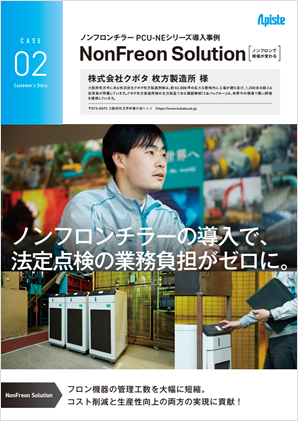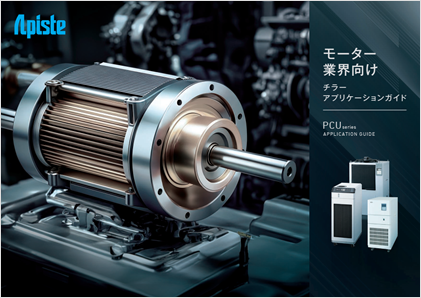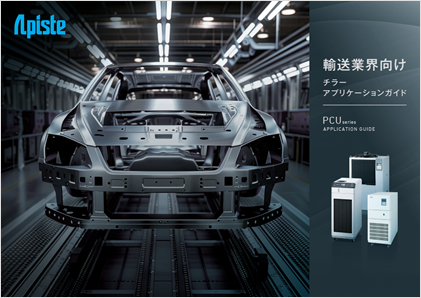Technical Information
4-2. When the object to be cooled is a liquid
This explains how to connect liquid-cooled heat exchangers and their respective features.
If the object to be cooled is a liquid, a heat exchanger will be used to cool it, as explained in 2-2. Liquid-cooled heat exchanger (liquid-liquid).
In 2-2, we explained the types of heat exchangers, but here we will explain in detail how to incorporate heat exchangers into piping routes, taking into account the characteristics of each type.
There are many different liquid cooling methods, but here we will introduce the four types shown in Figure 1 below.

Figure 1. Example of liquid cooling method
①Add heat exchanger and pump
This method involves adding a heat exchanger and pump to the tank of the liquid to be cooled, creating a new circulation circuit, and then indirectly cooling it with cooling water. Although an additional heat exchanger and pump are required, the components can be selected from scratch to suit specification and physical properties of the liquid to be cooled. The layout can also be flexibly determined to suit the current situation.

②Adding a heat exchanger (inserting into an existing circuit)
This method involves inserting a heat exchanger into the path of a pump that is originally attached to the equipment.
Compared to the method ① mentioned above, this method eliminates the need to install a new pump and reuses the piping, so it is expected to reduce both costs and labor.
It is important to note that you need to check whether the system will affect existing piping routes and whether it can reliably cool the system.

③Throw-in type heat exchanger
This is a cooling method in which a submerged heat exchanger is immersed in the liquid to be cooled.
This method is easy to install because the heat exchanger is immersed in the tank. However, the cooling efficiency is lower than that of the methods 1 and 2 mentioned above, so the heat exchanger becomes larger and, in some cases, stirring is required to improve heat transfer efficiency. Also, if the cooling water is significantly colder than the outside temperature, condensation may form on the heat exchanger and piping, and the condensed water may flow into the liquid being cooled.

④ Jacket tank
This method involves running cooling water through the jacket of the jacket tank to cool the liquid in the inner tank.The system itself is simple, so it is easy to install and the inner tank is also easy to clean.
Like immersion heat exchangers, the heat exchange efficiency is low and stirring is required.

summary

Previous item: 4-1. When there is a water path to the object to be cooled
Next item: 4-3. When the object to be cooled is a gas or solid
People who viewed this page also checked out these documents:
Inquiry
For product inquiries, quote requests, etc.
Please feel free to contact us.


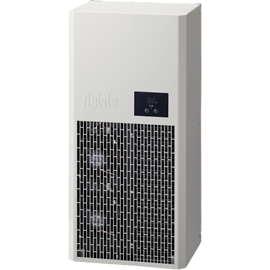
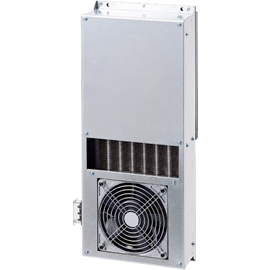
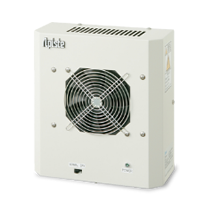
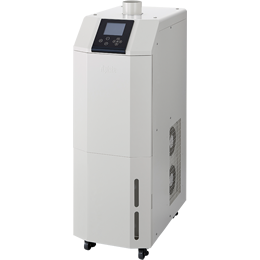
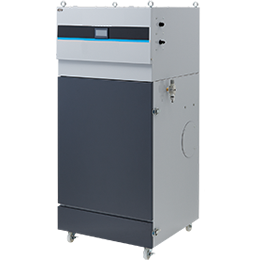
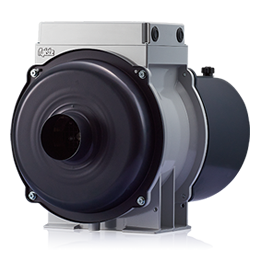
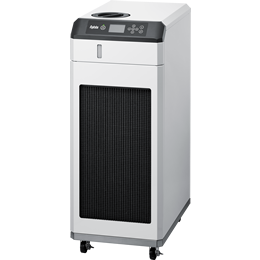
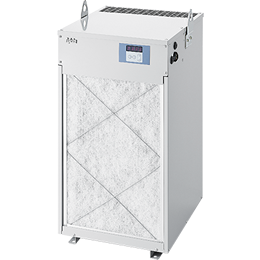
![Case study of the PCU-NE series of HFC alternative chillers [HFC alternative changes the workplace]](/files/user/images/common/bnr_case-pcu-ne.png)
